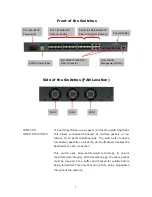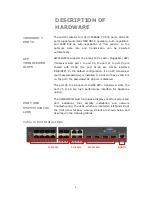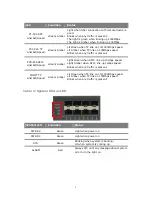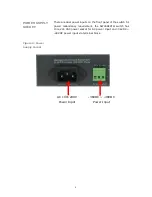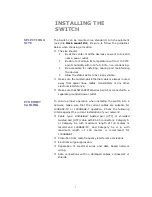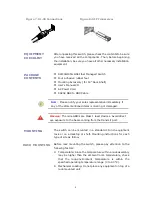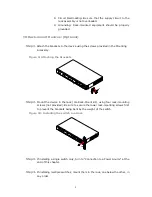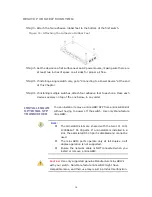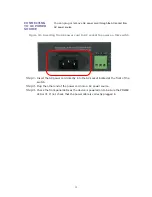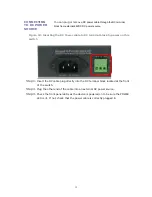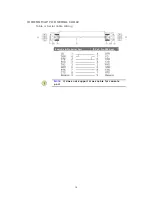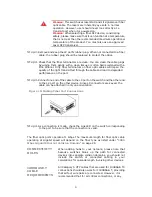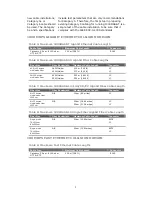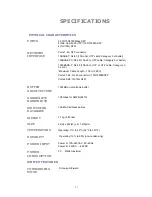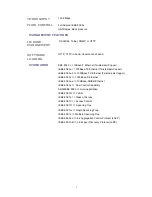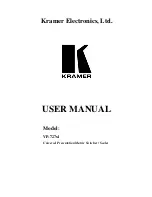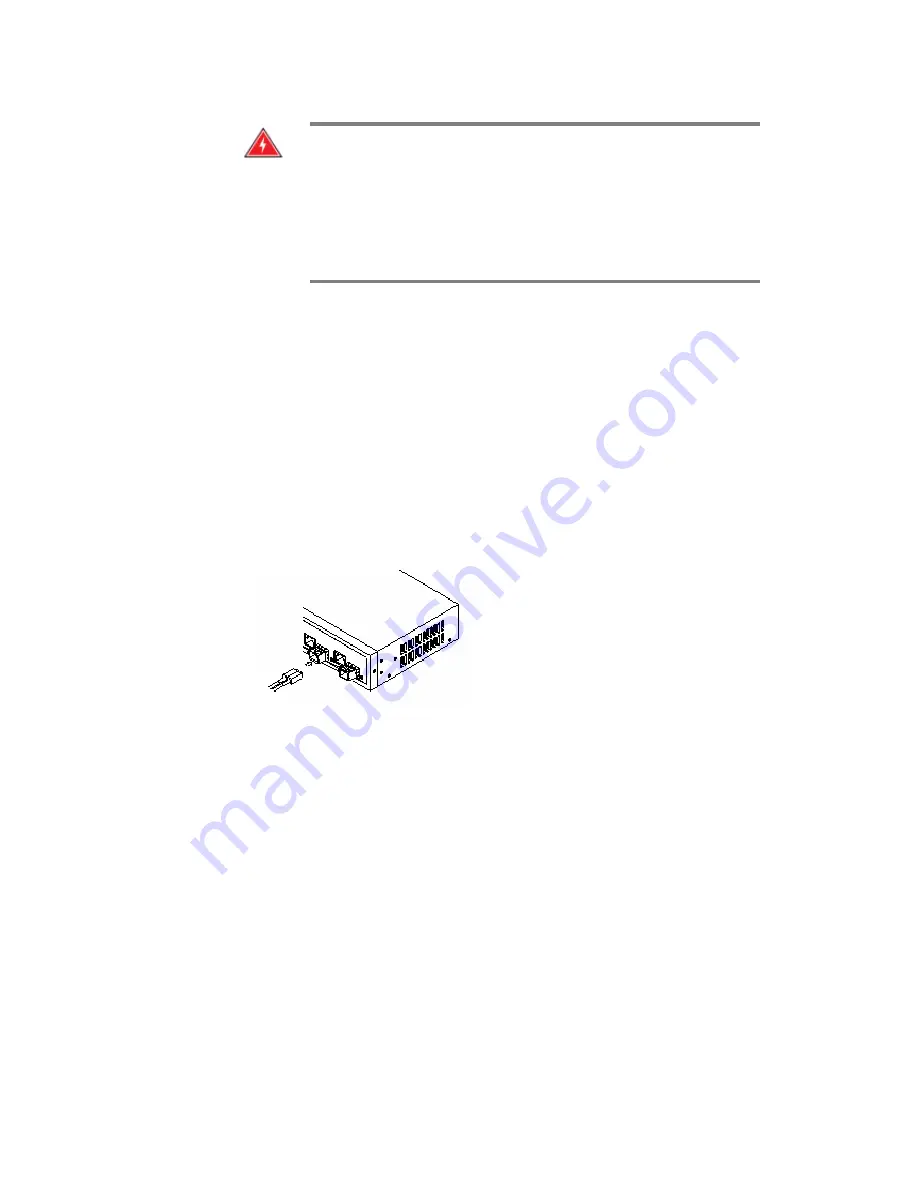
W
ARNING
:
This switch uses lasers to transmit signals over fiber
optic cable. The lasers are inherently eye safe in normal
operation. However, user should never look directly at a
transmit port when it is powered on.
W
ARNING
:
When selecting a fiber SFP device, considering
safety, please make sure that it can function at a temperature
that is not less than the recommended maximum operational
temperature of the product. You must also use an approved
Laser SFP transceiver.
Step1.
Remove and keep the LC port’s rubber plug. When not connected to a fiber
cable, the rubber plug should be replaced to protect the optics.
Step2.
Check that the fiber terminators are clean. You can clean the cable plugs
by wiping them gently with a clean tissue or cotton ball moistened with a
little ethanol. Dirty fiber terminators on fiber optic cables will impair the
quality of the light transmitted through the cable and lead to degraded
performance on the port.
Step3.
Connect one end of the cable to the LC port on the switch and the other end
to the LC port on the other device. Since LC connectors are keyed, the
cable can be attached in only one orientation.
Figure 18: Making Fiber Port Connections
Step4.
As a connection is made, check the Link LED on the switch corresponding
to the port to be sure that the connection is valid.
The fiber optic ports operate at 1 Gbps. The maximum length for fiber optic cable
operating at Gigabit speed will depend on the fiber type as listed under “
1000
Mbps Gigabit Ethernet Collision Domain
” on page 28.
CONNECTIVITY
RULES
When adding hubs to your network, please note that
because switches break up the path for connected
devices into separate collision domains, you should not
include the switch or connected cabling in your
calculations for cascade length involving other devices.
All Category 5 UTP cables that are used for 100BASE-TX
connections should also work for 1000BASE-T, providing
that all four wire pairs are connected. However, it is
recommended that for all critical connections, or any
1000BASE-T
CABLE
REQUIREMENTS
21

